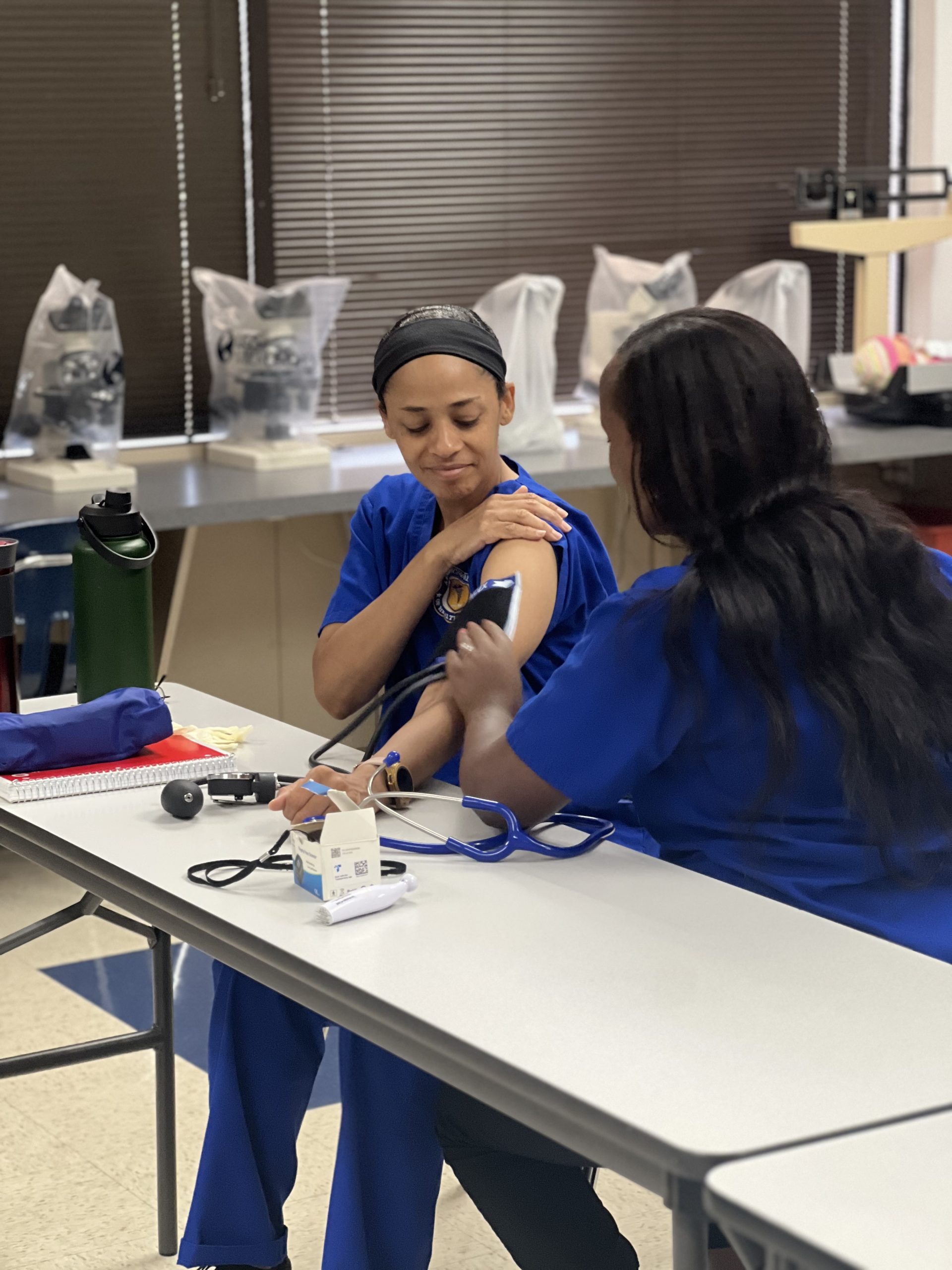If you’re considering a healthcare career but unsure where to begin, you’re not alone. Two popular and rewarding options, medical assisting and nursing, offer different pathways into the field, each with its responsibilities, training requirements, and long-term potential.
Whether you’re looking for a quicker entry point or aiming for a role with broader responsibilities, comparing the roles side by side can help you make an informed decision. This guide will walk you through the essential medical assistant and nursing differences so you can choose the path that fits your goals, lifestyle, and timeline.
Key Differences Between Medical Assistants and Nurses
At a glance, both careers involve working closely with patients and supporting healthcare teams. However, the scope of responsibilities and level of autonomy differ between medical assistants and nurses.
- Medical assistants are trained to perform a mix of clinical and administrative tasks. They often work in outpatient clinics or doctors’ offices, where they assist with taking vitals, preparing patients for exams, handling medical records, and scheduling appointments.
- Nurses (whether licensed practical nurses (LPNs) or registered nurses (RNs)) are more focused on direct patient care. They are responsible for assessing patients, administering medications, performing procedures, and often developing care plans in coordination with physicians.
When comparing medical assistants vs. nurses, the main difference is that nurses provide more hands-on clinical care with greater decision-making responsibilities. In contrast, medical assistants support both the clinical and administrative sides of a healthcare practice.
Education and Certification Requirements
One of the biggest factors in choosing between medical assisting and nursing is the time and investment needed for training.
Medical assistant programs, like the one offered at the Allen School, are designed to prepare students in a relatively short timeframe. These programs focus on both medical and administrative skills and often include hands-on externship experience. While certification is not always required, it can be a valuable way to boost your qualifications and confidence in the role.
Becoming a nurse requires more in-depth training. Licensed practical nurses typically complete a diploma or associate degree program, while registered nurses generally need an associate’s or bachelor’s degree. Nurses must also pass a licensing exam to practice.
In terms of timelines and intensity, medical assistant vs. RN training programs differ significantly. Medical assisting offers a faster route into healthcare, while nursing programs require a longer commitment but open the door to a wider range of responsibilities.
Job Duties and Daily Responsibilities
Medical assistants and nurses both play essential roles in patient care, but their day-to-day tasks reflect their unique positions.
Medical assistants may:
- Greet and prepare patients for exams
- Take vital signs and record medical histories
- Assist physicians with procedures
- Manage front-office duties like scheduling and billing
Nurses may:
- Conduct patient assessments and document symptoms
- Administer medications and IV treatments
- Monitor patient progress and adjust care plans
- Educate patients on managing conditions or medications
Salary and Career Growth Comparisons
Both professions offer meaningful, stable careers with room to grow. While nurses typically earn more due to their advanced education and clinical responsibilities, medical assistants enjoy strong job prospects and the ability to enter the workforce more quickly.
Medical assistants often use their role as a launchpad for further advancement in healthcare. Some go on to pursue nursing, healthcare administration, or specialty certifications. Nurses, particularly registered nurses, have additional opportunities for leadership roles, specialization, and advanced practice with further education.
In comparing medical assistant vs. nurse career growth, think of medical assisting as a flexible starting point and nursing as a broader, longer-term clinical track.
Which Career Path Is Right for You?
Choosing between medical assisting and nursing depends on several personal factors:
- Timeline – Do you want to begin working in healthcare sooner? Medical assisting may be the faster route.
- Interests – Do you enjoy administrative tasks along with clinical work, or do you prefer to focus entirely on patient care?
- Education Goals – Are you looking for a shorter program or willing to invest more time in school for a higher level of clinical responsibility?
- Work Environment – Medical assistants often work in outpatient settings with regular hours, while nurses may work longer shifts, nights, and weekends, especially in hospitals or urgent care.
Find the Career Path That Is Right for You at Allen School
At the Allen School of Health Sciences, we support students in finding a healthcare career that fits their goals. Our medical assistant training program offers hands-on experience, flexible scheduling, and career-focused instruction designed to prepare you for success.
If you’re weighing the options between medical assistant vs. RN, our team can help you explore how medical assisting may be the right first step toward your healthcare career.
Ready to start your journey? Contact us today to learn more about our programs and how we can support your success.

